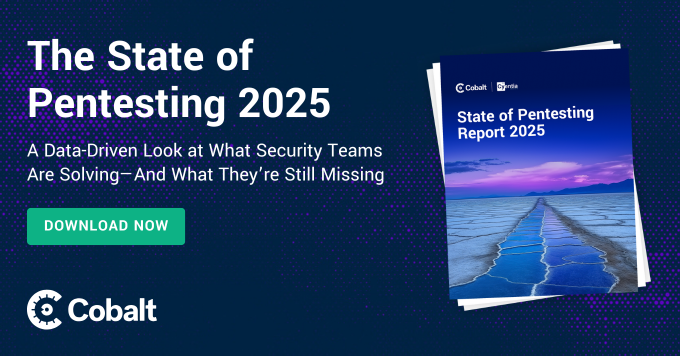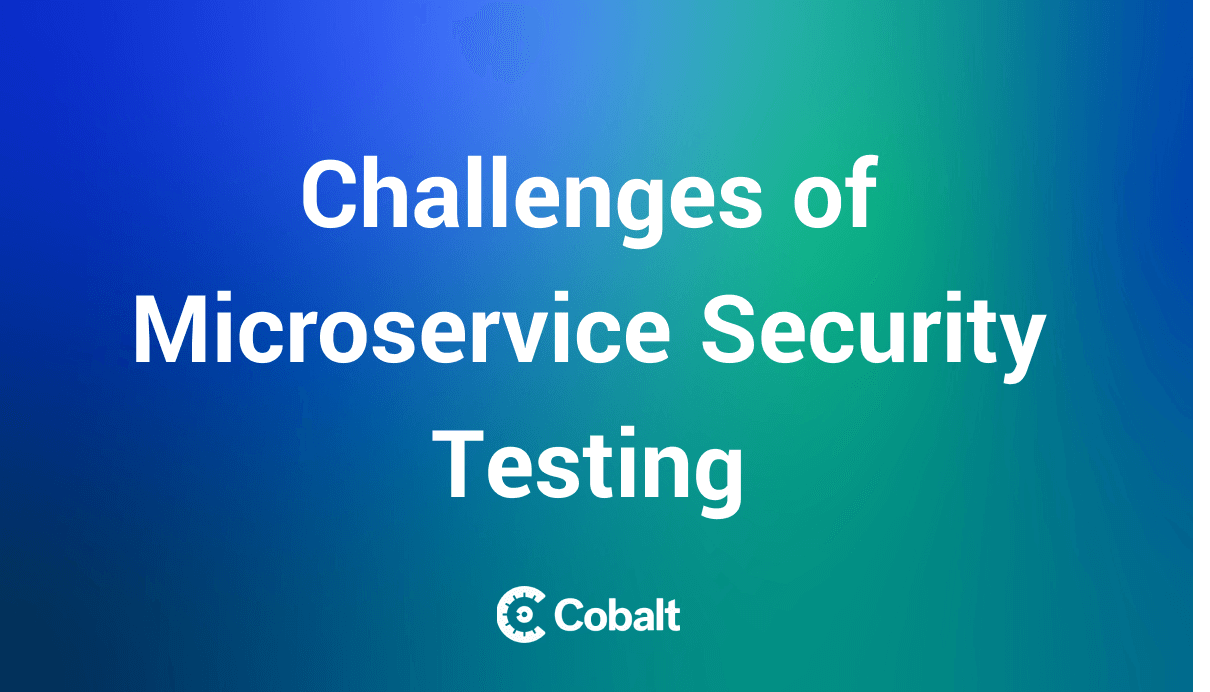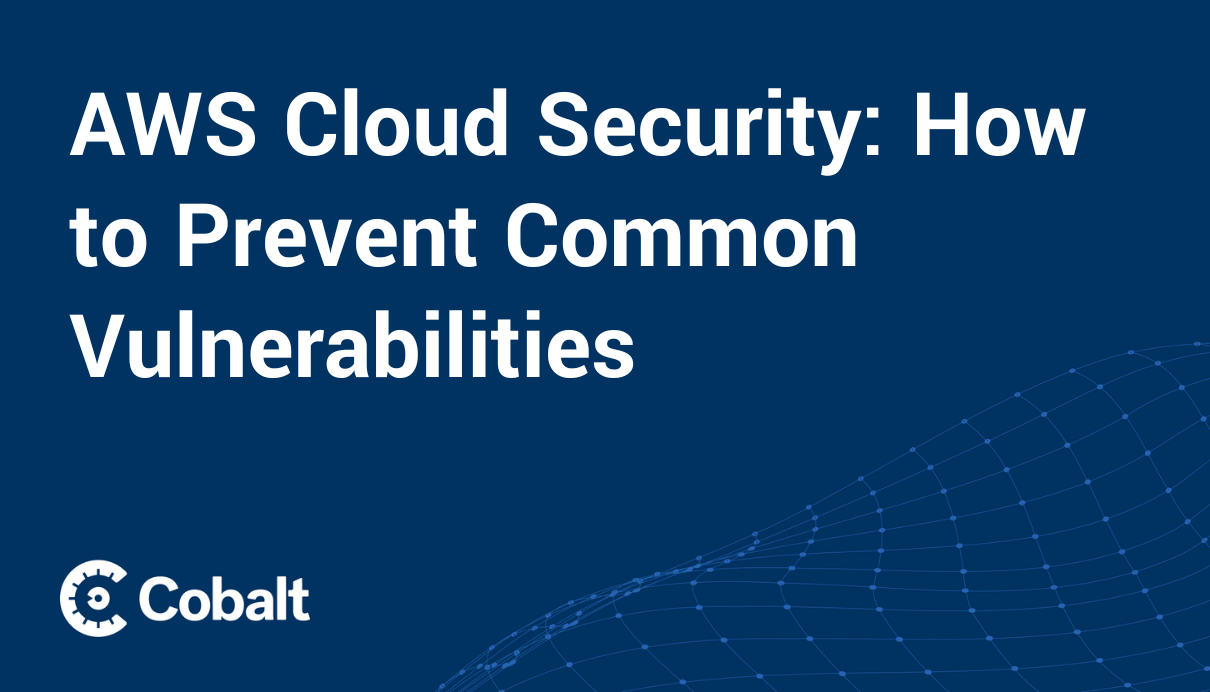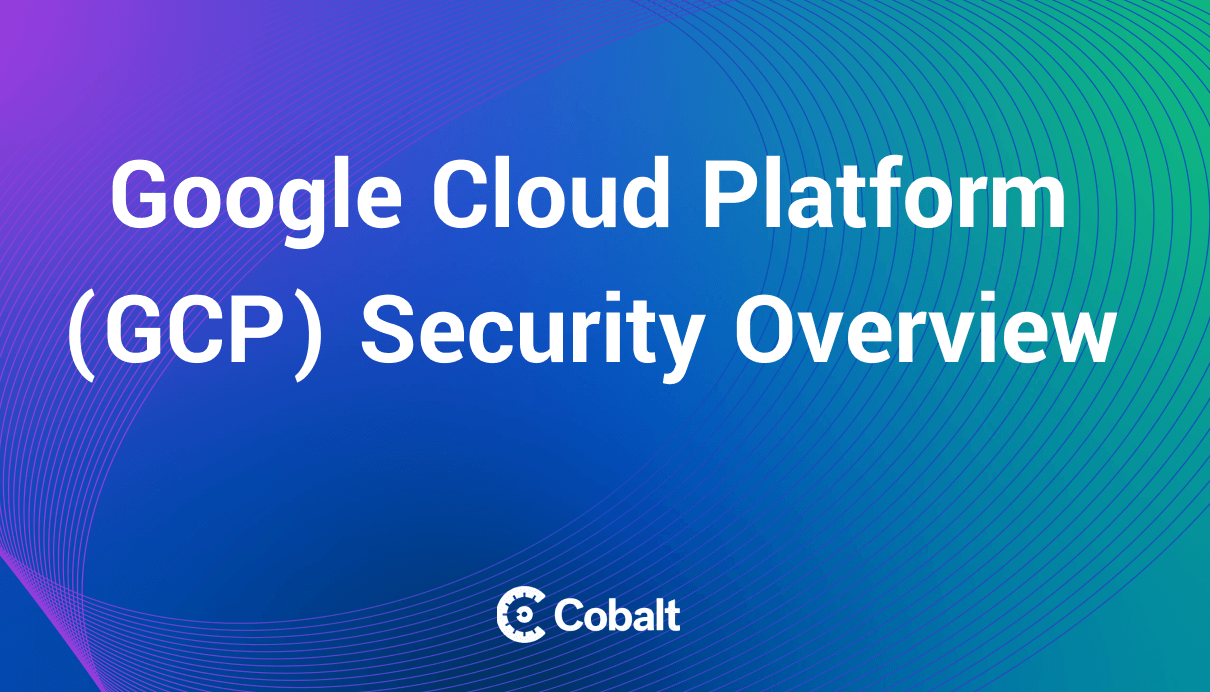Cloud penetration testing can be the most effective way to increase your network's resilience.
Despite this, it's less commonly deployed than other offensive security methods such as red teaming or scanning solutions. This is changing as more security professionals come to appreciate the benefits of cloud penetration testing and more companies migrate their infrastructure to the cloud.
With the prevalence of cloud computing, we'll provide an overview of what cloud penetration testing is and how it can protect your network against common security threats. We'll start by defining cloud penetration testing in contrast to standard pentesting.
Then explore the benefits of cloud pentesting. Next, we'll outline the shared responsibility model that governs the rights and responsibilities of cloud penetration testing vendors and their customers.
Finally, we'll review some common security threats that cloud pentesting can help identify and mitigate.
Key differences between a standard pentest and a cloud pentest
What is cloud penetration testing, and how does it differ from standard pentesting? Cloud penetration testing uses cloud security services and tools to conduct simulated attacks on cloud, on-premise, or hybrid networks and assess their vulnerabilities.
Depending on context, the term cloud pentest may emphasize the use of cloud technology for penetration testing, the application of pentesting to cloud networks, or both. When referred to as Pentest as a Service (PtaaS), the phrase refers to a service delivery model which uses the cloud to deliver pentest findings more seamlessly via development integrations and other benefits.
Cloud penetration testing differs from standard pentesting in several noteworthy respects that reflect the differences between cloud-based and on-premise networks:
- Cloud penetration testing uses native cloud-based services, tools, and strategies rather than an on-premise approach.
- Cloud pentesting employs cloud-based testing portals, eliminating on-premise setup and configuration.
- Cloud pentests prioritize automated tools over manual testing, although both may be used.
- Cloud-based testing makes full use of technologies such as artificial intelligence and analytics to deliver greater testing efficiency and accuracy than on-premise solutions.
- Cloud pentests may be scheduled to run frequently on a regular routine, in contrast to one-time on-premise tests.
In short, cloud penetration testing differs from standard pentesting in its use of cloud technology, its application to cloud networks, and its employment of cloud-based service delivery.
What are the benefits of cloud pentesting with PtaaS?
The differences between cloud penetration testing and standard methods give PtaaS an array of advantages that account for its growing appeal to security professionals and businesses. The benefits of cloud pentesting include:
- Integrated automation
- Pre-emptive protection
- Cloud coverage
- Increased security expertise
- Increased accuracy
- Real-time results
- Streamlined compliance
- Increased efficiency
- Continuous optimization
- On-demand expertise
- Greater scalability
These benefits translate into greater network resiliency and higher testing efficiency at lower costs. Let’s explore each of these benefits further.
1. Integrated automation
A cloud orientation empowers PtaaS to seamlessly integrate the latest cloud-based tools and services. This allows cloud penetration testing to make maximum use of technology and enjoy the full benefits of leveraging automation, connecting security findings to development team workflows.
2. Pre-emptive protection
Expanded automation allows cloud pentesting to deploy automated testing strategies such as dynamic application security testing (DAST) and continuous attack surface management (ASM). This enables PtaaS to cover a wider range of attack vectors with greater speed than manual methods could achieve, intercepting vulnerabilities in real-time before attackers can exploit them.
3. Cloud coverage
A cloud-oriented approach makes PtaaS ideally suited for discovering security gaps in cloud infrastructure. Cloud penetration testing can uncover vulnerabilities that on-premise testing methods may overlook.
4. Increased security expertise despite a labor shortage
By placing more emphasis on automation, cloud penetration testing reduces the manual labor load on security teams. The PtaaS delivery model helps firms address the cybersecurity skill gap and still secure their networks and applications. Catching more vulnerabilities by partnering with a reliable service provider frees personnel to focus valuable time on priority tasks that require the internal team’s attention.
5. Increased accuracy
Manual testing methods tend to catch known vulnerabilities while missing unfamiliar risks or business logic exploits. By tapping into the human expertise of a manual pentest, cloud pentesting expands the scope of risk assessment while reducing risk of error, yielding increased accuracy for spotting security vulnerabilities.
6. Real-time results
Conventional penetration testing methods may take days or weeks to deliver results, giving attackers a head start on security teams. Cloud pentesting with PtaaS closes the gap by bypassing the need for manual set-up of testing environments and allowing automated tests to be scheduled as needed, delivering real-time results that give security teams a critical edge.
7. Streamlined compliance
Automating pentesting through the cloud makes it easier for organizations to achieve regulatory compliance. In some industries with stricter regulations and larger volumes of data, such as payment card industry processing or healthcare, cloud penetration testing may be the only realistic way to meet compliance standards.
8. Increased efficiency
By leveraging automation, reducing error, and accelerating results, cloud penetration testing increases security testing efficiency. You can conduct more effective tests in less time at lower costs.
9. Continuous optimization
Automation enables cloud penetration testing to deploy continuous monitoring and mitigation of security risks. This yields ongoing optimization of both network security and security testing procedures. The automation can take different forms as well, ranging from automated DAST scanning capabilities to agile pentests, targeted pentests executed by an expert security tester.
10. On-demand expertise
A cloud-based service delivery model gives PtaaS the ability to provide on-demand access to remote talent and crowdsourcing. This enables in-house security teams to close talent gaps quickly and shut vulnerability windows rapidly without costly delays.
11. Greater scalability
The PtaaS model allows security teams to scale resources up or down as testing requirements demand. You're not locked into the limitations of on-premise resources. Furthermore, companies don’t need to build up resources for a large production launch. Instead, teams can enjoy the benefits of Cobalt Credits and the flexible consumption model.
Overview of the shared responsibility model
Cloud vendors have developed a security and compliance framework known as a shared responsibility model that distinguishes the responsibilities of providers and clients for securing cloud environments. The shared responsibility model characterizes vendors that offer PtaaS support, such as Amazon Web Services (AWS), Google Cloud Platform (GCP), and Microsoft Azure.
Under a typical shared responsibility model, the vendor assumes responsibility for securing cloud infrastructure, known as "security of the cloud". This includes hardware, software, networks, and data center facilities.
Customers assume responsibility for cloud-hosted data and applications, known as "security in the cloud". This includes data at rest and in transit, user accounts and credentials, guest operating systems, application software, and firewall configuration.
Customers also assume responsibility for limiting pentests within the scope authorized by vendors. Clients do not require prior vendor approval to pentest threats falling into approved categories.
Specific responsibilities may vary by cloud service provider and type of cloud service. For example, providers typically bear heavier responsibility for securing SaaS networks, while customers have a significant responsibility for securing IaaS networks.
Common cloud security threats
Verizon has identified today's top cloud security risks. These include:
- Data breaches by attackers seeking information such as personally identifiable information (PII), financial information, or personal health information (PHI)
- Account hijacking through methods such as easy registration systems, phishing, and pretexting
- API insecurity created by vulnerabilities such as public IP addresses or token theft
- Malware introduced through scripts or code
- Data loss from events such as data breaches, accidental deletions, lost encryption keys, or natural disasters
- Denial-of-service attacks by one (DoS) or multiple (Distributed denial-of-service or DDoS) actors seeking to tie up network bandwidth, CPU, RAM, or disk space
- Insider threats from malicious or negligent employees
- Advanced persistent threats (APT) waging long-term campaigns against organizations using methods such as social engineering, phishing, and pretexting
- Poor due diligence when moving data to the cloud or acquiring businesses with cloud infrastructure
- Shared technology vulnerabilities introduced by IaaS, SaaS, or PaaS providers
PtaaS providers typically allow clients to conduct offensive security tests that simulate some of these threats, while excluding others. For instance, Amazon AWS allows penetration tests that utilize:
- Web application scanning
- Port scanning
- Injections
- Exploitation
- Vulnerability scanning or checks
- Forgery
- Fuzzing
However, AWS does not allow pentesting that involves:
- DNS zone walking, hijacking, or pharming
- Protocol flooding
- Port flooding
- DoS and DDoS
- Simulated DoS and DDoS
- Request flooding (API request flooding, login request flooding)
Each PtaaS provider has their own policies defining which pentest methods are allowed and excluded. Learn more with the Cloud Configuration Pentest methodologies at Cobalt and ensure your system doesn’t fall prey to a misconfiguration that lets an attacker in.
Strengthen your network resilience with cloud penetration testing
When deploying cloud-based technology, cloud penetration testing improves network resilience while increasing development efficiency. Cobalt's industry-leading PtaaS platform brings the benefits of cloud-based pentesting to small businesses and enterprises, saving money and time while improving security.
Our cloud-based portal provides efficient, flexible testing, supporting simultaneous multiple tests while bypassing long procurement delays. By using the Cobalt API or integrating with Jira or GitHub, you can enjoy real-time integration and results, communicated through detailed reports that highlight the data you need.









